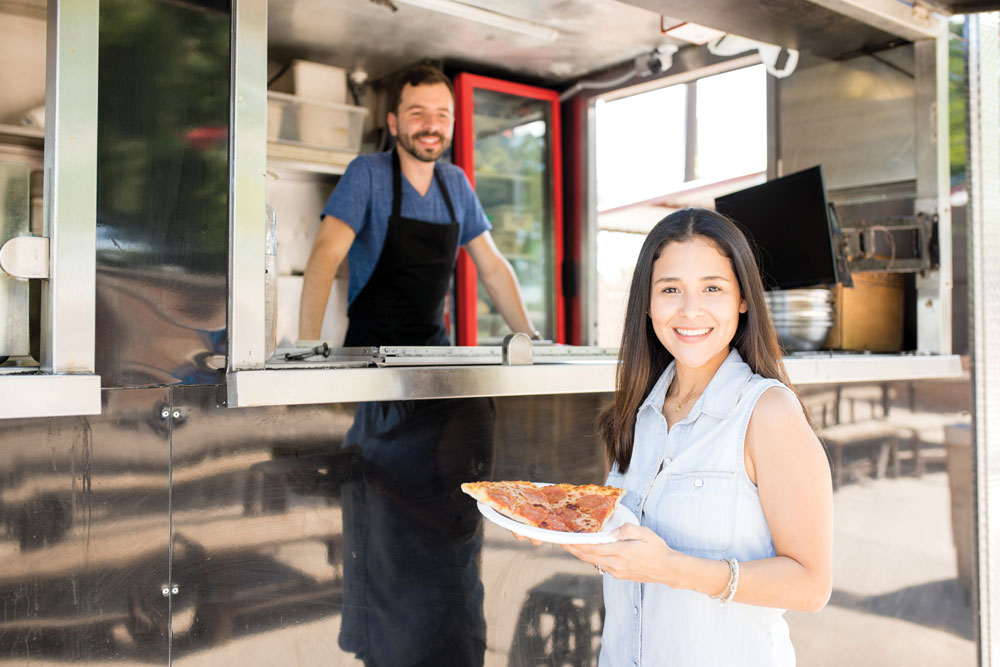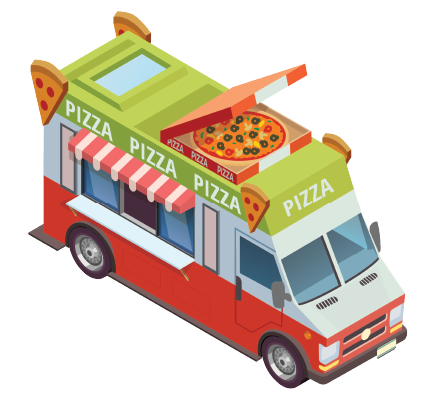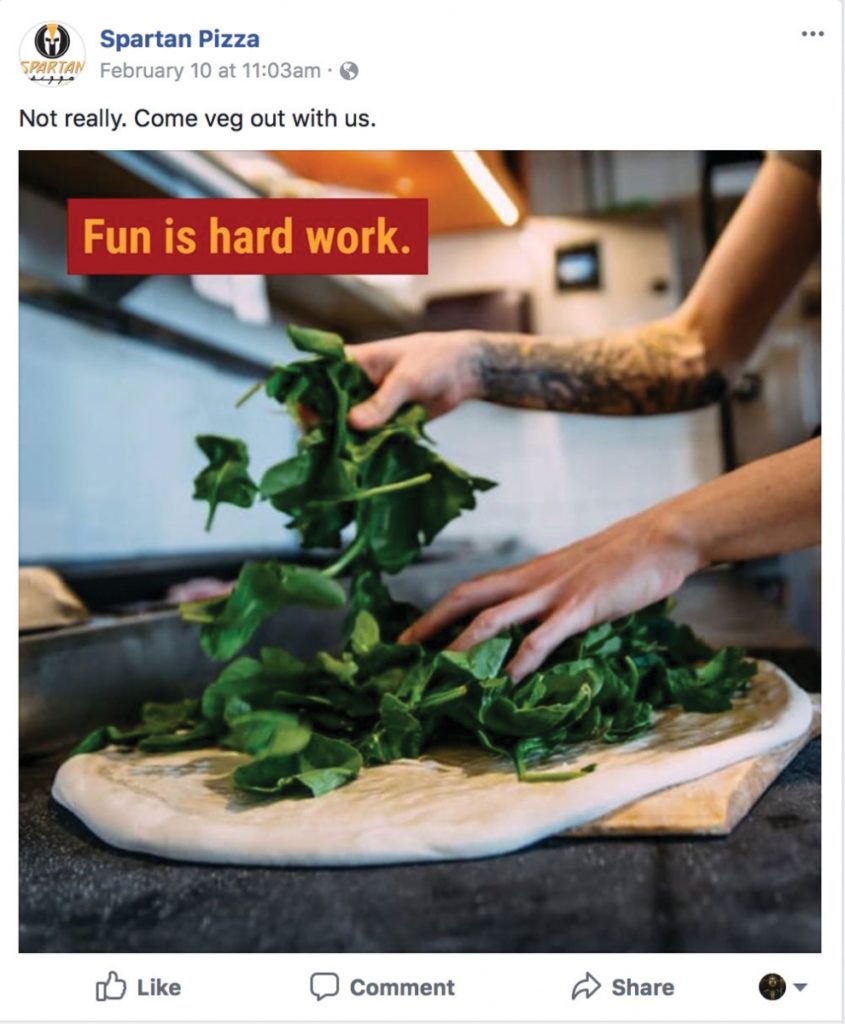When food trucks blasted onto the scene in the aughts, many brick-and-mortar operators felt threatened by these roving beasts manned by rogue foodservice upstarts. Some even decided to hop on the bandwagon with their own rolling restaurants. But they quickly found out that a mobile operation is no walk (or drive) in the park; they present their own unique set of challenges—and, like with traditional outlets, there are no shortcuts to success. We spoke to successful mobile operators to get the scoop on what to expect when you go mobile.
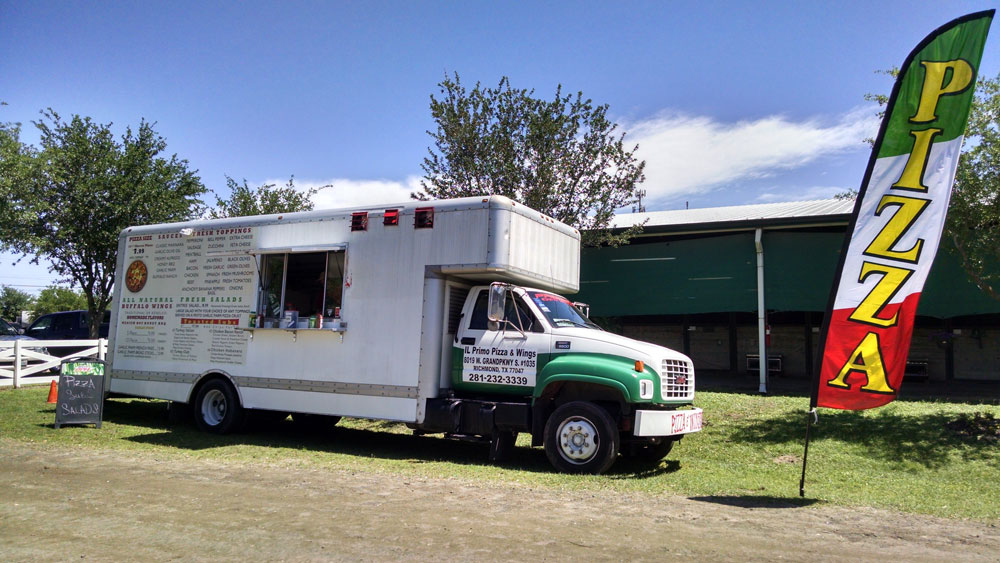 |
|
Don’t overestimate the power of social media—or underestimate the need for a solid website, advises Si Mendoza of IL Primo Pizza & Wings. |
Rolling Out
|
Potential Pitfalls |
|
Seeking mobile success? Avoid these common operator mistakes: “Don’t get yourself in too deep at first by overpurchasing numerous operations. Focus on one project with pricing, food quality, staff and codes to get it on the ground. And always have backup staff ready to go with you on the road. Many people will get exhausted or feel overworked and quit.” “When starting out, don’t worry too much about spending on a fancy POS system. You first need to figure out if your concept is going to work. We started with pens, pads and a cash register. Square is a great way to get started, and not too expensive. Also, the more condensed and simple your menu is, the easier it will be to keep up with demand from a storage perspective. Finally, try to avoid buying brand-new equipment; you can save so much money with used equipment. Occasionally, you will have problems with a used unit, but if you do your due diligence, you should be able to benefit.” |
Opportunities can be plentiful for on-the-go operations, but experts agree the operator must take the initiative and think ahead. “In a restaurant, you market yourself and expect people to visit, but it’s the opposite in a mobile operation,” explains Si Mendoza, owner of IL Primo Pizza & Wings in Richmond, Texas. “You have to be constantly reaching out to people, looking for events. And for each opportunity, you have to ask if there’s enough meat on the bone—how many food trucks will be there, what’s the drive time, how big the event is—to determine if it’s worthwhile.”
Michael Wagner, co-owner of Wagner’s Pizza Bus in Two Rivers, Alaska, agrees that wheeling and dealing is a must when going mobile. In addition to working private events, grand openings, festivals and fairs, he has assembled bagged lunches for forestry service firefighters in the summer; set up at a car dealership, where the owner paid for $500 worth of pizzas to lure buyers; and even provided pizza to customers racing in the Iditarod. “You have to make a lot of phone calls,” he says. “Then you have to hope that people recommend you, try different spots and events, and make a better product than the next guy.”
You may also have to consider seasonality when dealing with an outdoor operation. Michael Russell, co-owner of FuZe Event Group in Mansfield, Ohio, works under contract with NASCAR and other autocross events and caters inside event centers, but his months of operation are limited. “During the summer, we do college football game-day pre-events such as The Ohio State University block party, which provides a good level of fun and revenue generated throughout the year,” Russell says. “But we have only a six-month period here in Ohio due to the weather.”
Finally, it’s helpful if your town or city is amenable to food truck culture. In Austin, Texas, Jeremy Portwood, owner of Spartan Pizza, finds a slew of events to take part in, which encourages calls for catering office lunches, weddings, festivals and concerts. “But you need to know that it will take a lot of hard work,” Portwood warns. “Having a good product is obvious, but you also need to have good marketing and brand presence. And a great location is key, whether that’s a few different locations that you visit each week, or if you set up in a semipermanent location.”
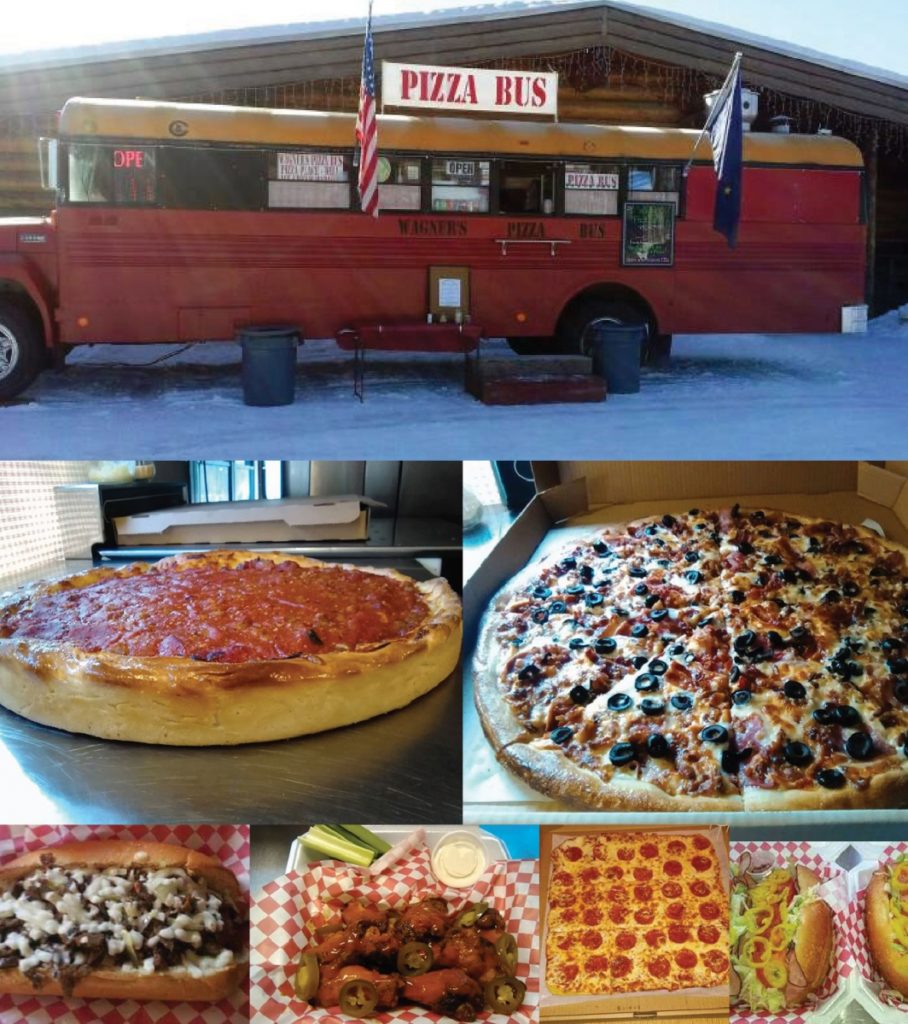 |
|
Wagner’s Pizza Bus has become a familiar and welcome sight around Two Rivers, Alaska. |
Social Necessities
Food truck operators know that affordable marketing starts online, usually on social media platforms. “We started with Facebook and added Twitter and Instagram two years ago,” Wagner says. “Yelp and TripAdvisor help with tourists, while locals like to see what we’re doing with new pizzas on social media. We’re also on sites where people follow food trucks. Every day, we can punch in our times, location and directions, which automatically posts to all of our social media pages so anyone following us can see those updates.”
|
Social Media Strategies |
|
When you’re on the move, social media becomes a key tool for communicating with customers. Jeremy Portwood, owner of Spartan Pizza in Austin, Texas, shares these top tips for a winning online presence: Share pics of food and videos. Focus on what you are making and how you make it. The idea is that people will see your post and crave whatever it is you’re serving. Focus on people. We like to give our employees a little spotlight. They feel great that they are a part of the brand image, and people can relate by seeing them there. Be yourself. Don’t be constantly selling to your fans/customers. They don’t want to be sold to; they want to feel like they are part of something. New customers should feel like they have discovered something new and exciting. Don’t post too much. If you have something interesting going on, then post more about that story—but don’t post just to post. Remain relevant and interesting. Find someone to help you do it. Running a food business is all-consuming, and social media is easily a full-time job. Develop your style and voice, then get someone to help you interact on social media using that voice. |
Since customers spend more time on social media than reading a local newspaper, sites like Facebook are a good place for coupons. It’s an old-fashioned marketing strategy updated for the online age. “Our social media offers specials—for example, show this at our next event for a ‘buy one, get one free’ pizza, or to receive $5 off your next order over $10—to attract previous customers,” Russell says. “And for our new potential customer base, we take daily pictures of our products and post them at ‘hungry’ times of the day.”
Mendoza makes it clear that, while social media is important, its power shouldn’t be overestimated. The real necessity is a website. “We’ve used social media for six years, and no one is coming in based on a post we did,” he says. “Rather, it’s subliminal marketing; you’re branding yourself. The most important thing is just to exist online. Your website is your No. 1 store, because it’s open 24 hours a day, and anyone can access it. So make sure you have pictures of your product and a list of your upcoming locations.”
Looking at Logistics
The main considerations for a mobile operation include the unit itself—trailer or food truck and its equipment—and the permits, codes and other technicalities that will keep you operating. Russell believes that when looking for a vehicle or trailer, the main concern is its age, not the paint job, design or graphics. “It’s typically the floor, the pipes and cooler/fridge that can pose problems, as well as ovens and grills,” he says. “Mobile kitchens have a lot of weight to them and can badly damage a floor even in good shape, in no time.”
Of course, the unit you purchase depends on your goals and concept. Portwood explains that parking and space aren’t always plentiful, so if you’ll be moving around a lot, seeking something that’s easy to park and maneuver allows you to participate in more opportunities and avoid extra headaches. “You also need something reliable, because you don’t want to be constantly dealing with maintenance issues on top of trying to successfully get your food in front of customers,” Portwood adds. “Do you already have a vehicle to tow a trailer? Do you feel comfortable towing a trailer? If not, you may want to stay away from trailers. And, whatever you end up with, branding it appropriately is key.”
Then you’ll need the basics to operate. Mendoza notes that every area has its own requirements, but necessities include a three-compartment sink, hand-washing sink, make line, oven, fire extinguisher and cooling system. “You have to think about space and movement, and ventilation is important in a small space,” he says. “But I’ve found that A/C doesn’t do anything for you; save your money and focus on insurance, fuel and permits, and just invest in fans.”
Portwood also set up his operation based on the flow of the kitchen, keeping in mind optimal organization at the service window to easily facilitate orders and service customers. Then consider the regulatory hoops you might have to jump through—both before opening and during operation. “Most of the things that are required are best practices to ensure public health and safety,” Portwood says. “But here in Austin, they’ve updated things a lot since we started, so you have to stay informed and continue to move with the changes.”
Even better, be proactive about meeting those important requirements. Wagner stresses that it’s helpful to consult regulatory agencies before you start building—if your plans aren’t feasible, they’ll tell you ahead of time. “Get to know the people giving permits and give them a blueprint of your layout rather than building and having to change it later,” he advises. “The health department can make or break you, so do your research and make sure you don’t need to change direction.” Wagner also recommends volunteering in a cart, truck or something similar for a week or two, just to see how the system works—and to see what you’re getting into!



